|
Today I met with Cathy, another new beekeeper, to help remove a colony of bees from a house. Our mentor Sonny taught us what to do when moving bees from a naturally built hive to your own hive. Cathy had heard about these bees from a friend and offered to remove them for free. She got to keep the bees, and the owner paid for any repairs needed to the home when we were finished. Click on any of the photos to make them larger. The first step is to find the bees. They were coming out of the door frame with lots of pollen. The more pollen bees bring in the more babies there are. We went down to the basement to see if we could find them there. Cathy and Sonny decided to cut through the ceiling to find them. The next step is getting them out. We cut out the comb with a small knife and sucked up some bees with a special vacuum. In the photo below, Cathy and Sonny are setting up the vacuum. The hose is attached to a box for the bees. There is a smaller screened box inside the one with the three small holes. To get the right amount of suction we can cover one of the holes up to change the pressure. This is important so we don't harm the bees. When we have cut off a portion of the comb we must tie it to a frame. Beekeepers use frames to hold honeycomb so it is easier to check, maintain, and extract the honey. After the comb is tied in we put it in the first box of our Langstroth hive. Sonny and Cathy decided to split the hive so Cathy took the comb and frames and Sonny took the bees that were vacuumed up. Cathy left the Langstroth hive, with the frames of comb, near the entrance of the old hive spot so that the worker bees would find their new home when they came back from foraging. A day or so later Cathy came back to take her hive home. Sonny was able to take his bees home the same day in the special screened vacuum box.
0 Comments
Leave a Reply. |
AmandaStaring at the dancing bees in an observation hive, it hits me. I love how these tiny creatures communicate. It looks like they're having fun dancing around while telling their sisters where to find some nectar. Amanda's Sting Count
2013- 6 stings 2019- 0 Archives
April 2019
Index
All
|
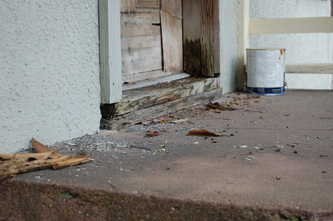
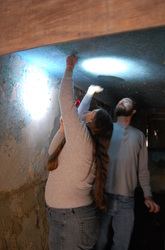
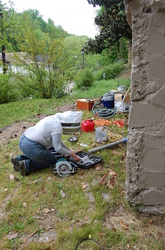
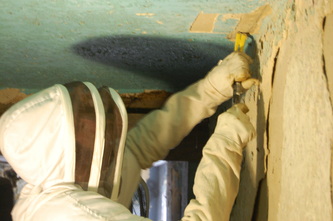
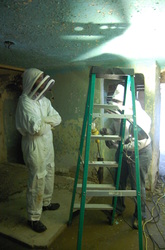
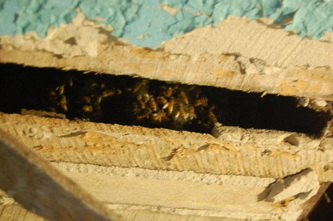
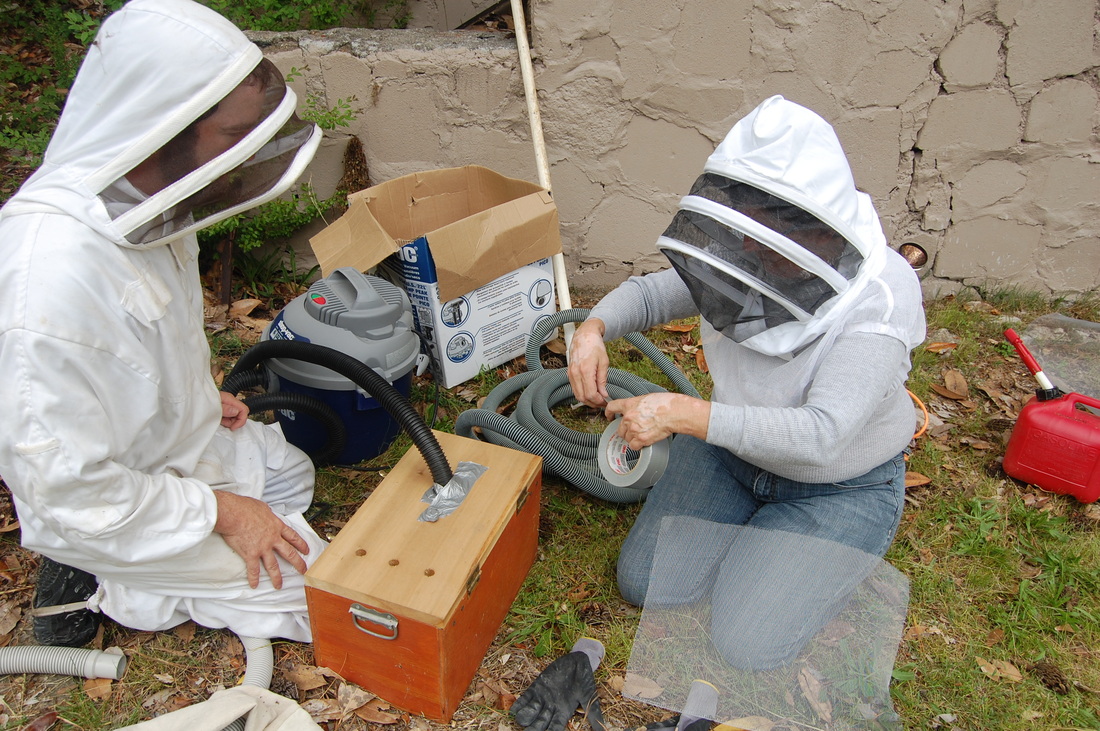
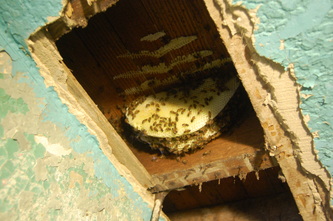
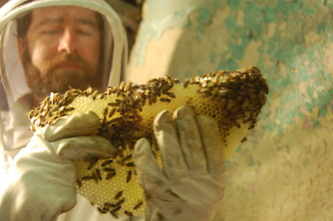
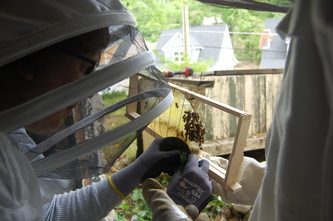
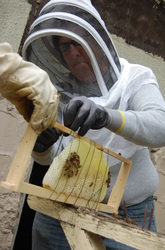
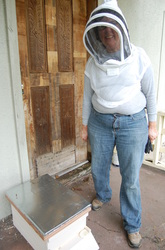
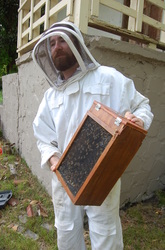
 RSS Feed
RSS Feed
